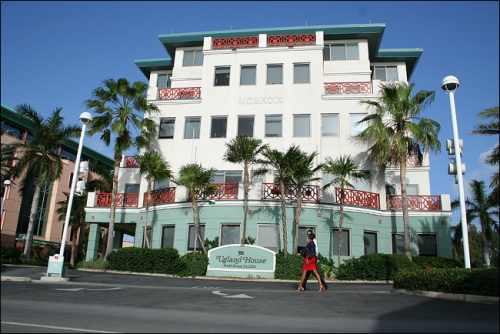ShowBusinessMan [Search results for hotel]
Chevy Sonic 3-D Interactive Projection Billboard

Xtreme Booking 2 "Running with the Bulls" | Epic App Test

Oven hotel

Ancient games: an Olympic factfile

— Excuse, at you something there has fallen...

British Museum acquires Trust for African Rock Art collection

The new enemy of the American president

Ancient Sicily offers a glorious guide to classical Europe

Work It Kitty — Temptations Cat Treats

Hollywood Actress: Audrey Horne (from the television show Twin Peaks)

The pawn becomes the King

'Fragments of Humanity: Archaeology in Québec' at Pointe-à-Callière, Montreal



